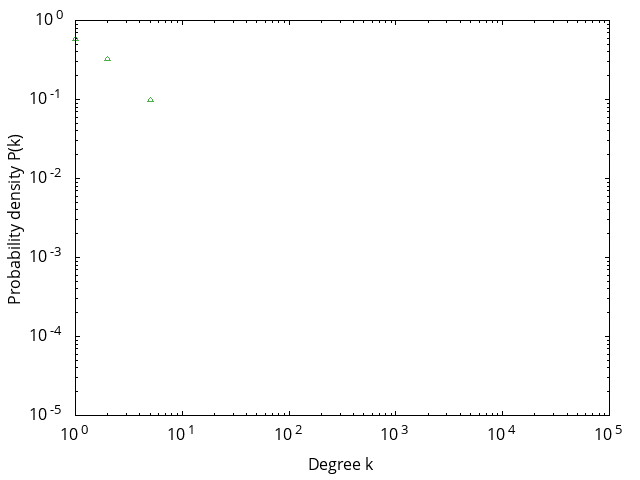Bilel Benbouzid
8 Octobre, 2019, 11:00hrs. Salle 25-26/105, Jussieu.
Cette présentation vise à rendre compte des résultats d’une recherche sur l’espace politique et médiatique de la plateforme YouTube. Deux questions principales motivent notre étude qui se situe encore dans une phase exploratoire. Tout d’abord, YouTube n’étant pas un réseau social en tant que tel – c’est à la fois un réseau d’utilisateurs (chaque utilisateur est une chaîne), un espace de stockage auquel on a accès via un moteur de recherche et une plateforme de streaming qui dépend en grande partie d’un système de recommandation – comment rendre compte de sa structure et catégoriser les chaînes qui la composent? Deuxièmement, nous cherchons à mesurer le degré de polarisation de l’espace médiatique et politique sur YouTube : l’analyse relationnelle des chaînes révèle-t-elle une structure équivalente à celle de l’écosystème médiatique révélé par le Médialab de Sciences Po à partir d’une analyse des réseaux d’hyperliens des sites d’information et leur dynamique de circulation sur Twitter (Cardon, 2019) ? Ou bien, au contraire, les relations entre des chaînes sur YouTube fait-elle apparaître une structure spécifique à l’architecture de la plateforme ? Pour répondre à cette question, il faut analyser YouTube du point de vue des différents modes de mise en visibilité des chaînes, qu’ils soient humains ou algorithmique. C’est pourquoi, nous proposons de présenter la structuration des chaînes sur YouTube en trois dimensions qui sont autant de manières différentes, mais complémentaires de rendre compte de la polarisation : le réseau social qui correspond au réseau des chaînes abonnées ou recommandées par les chaînes elles-mêmes ; le réseau des chaînes qui partagent des communautés de fans ; et le réseau de chaînes formé par les vidéos recommandées conjointement par l’algorithme. Ces trois dimensions donnent à voir les facettes multiples de YouTube. Alors que la première permet de comprendre la manière dont les humains se recommandent les chaînes entre eux, la seconde montre les publics partagés par les chaînes, la troisième rend compte de l’espace médiatique et politique formé par une machine (la recommandation algorithmique). Dans cette phase exploratoire, nous avons comparé ces trois dimensions selon la diversité des contenus qu’elles valorisent (une catégorisation des chaînes a été réalisée manuellement). Dans cette présentation nous montrerons 1) les réseaux de chaînes qui se donnent à voir selon les trois dimensions, 2) les matrices de modularité en fonction des catégories de chaîne et 3) une comparaison de la distribution des catégories de chaines selon les trois dimensions à partir des résultats des expériences de marche aléatoire et des calculs de la perplexité qui leur sont associés. Nous montrons que les réseaux de chaînes produits par les humains (les réseaux de chaînes amis et celui des publics de fan) polarisent moins que le réseau produit par la recommandation algorithmique. Nous montrons aussi que si bulle de filtre il y a, elle ne se situe pas où elle est attendue : c’est moins les contenus à caractère sensationnels et « complotistes » qui sont les plus recommandés par la plateforme (ce qui est souvent dénoncé dans le débat public), mais les chaines de médias traditionnels – un des effets sans doute de l’action menée par YouTube faire évoluer le système de recommandation. Ces résultats invitent à discuter de la nature de l’espace public que construit YouTube dans ce contexte de problème de désinformation. YouTube semble accorder un soutien particulier aux contenus des professionnels de l’information, bien plus qu’à celui des chaînes alternatives. Dans cette discussion, nous proposons de débattre de la nature de la « démocratie YouTube » au travers des interprétations des métriques et des modèles d’analyse de réseaux.

